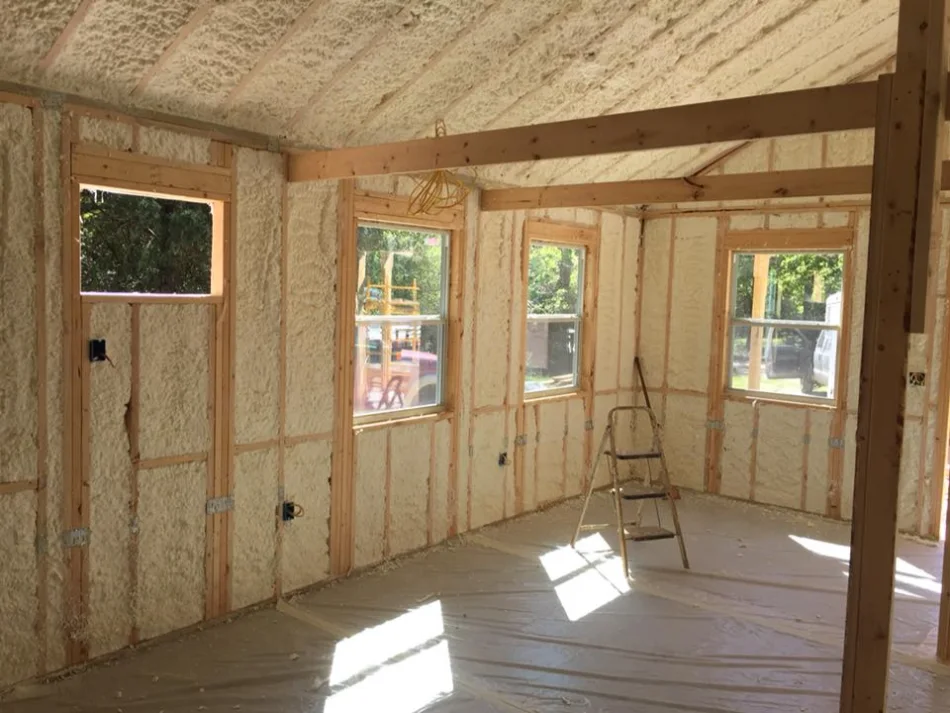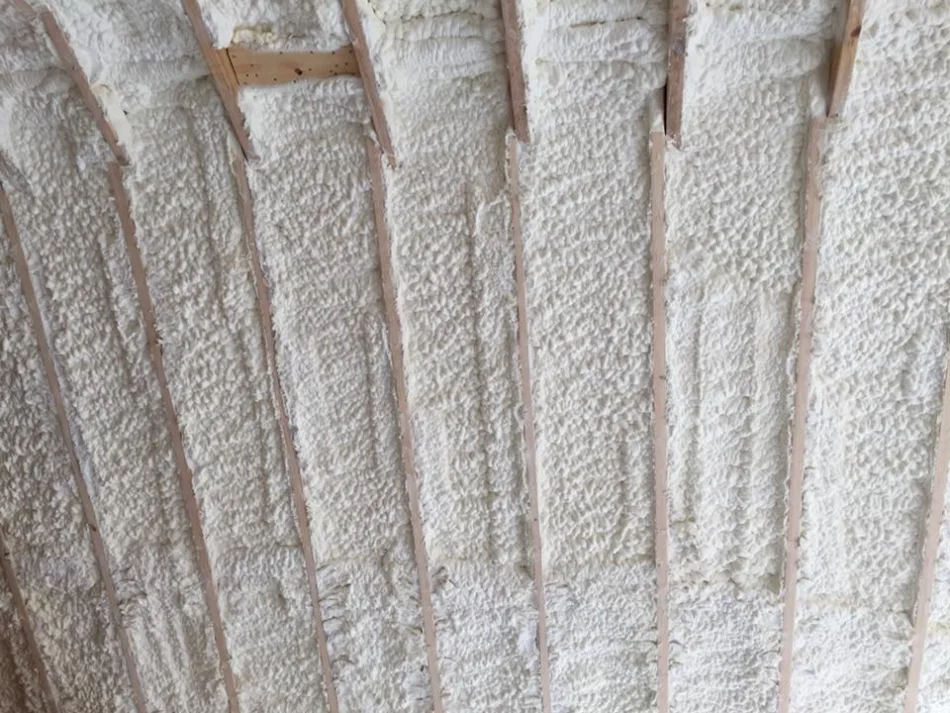
Open-cell spray foam is effective for soundproofing interior spaces because of its low density and unique cell structure. Unlike denser insulation materials, open-cell insulation contains numerous small pockets of air that trap sound waves and reduce echo, vibration, and airborne noise. It doesn’t block sound entirely but dampens mid-range frequencies effectively, making it useful in residential walls, media rooms, and office partitions.
The material expands to fill gaps, forming an airtight seal that helps reduce sound transmission through walls and floors. For interior applications in regions with hot, humid climates such as Texas, open-cell spray foam provides acoustic benefits without trapping moisture, which reduces the risk of mold.
D&D Insulation LLC brings firsthand experience with various spray foam systems in both residential and commercial structures. This guide shares practical data and comparative insights built on direct fieldwork and installations.
Open-cell foam slows sound waves by absorbing vibrations in the foam’s soft, spongy matrix. The open nature of the cells increases airflow resistance, which converts sound energy into heat, significantly reducing sound travel between interior walls.
| Insulation Type | Air Sealing | Moisture Permeability | Sound Absorption | Best Used For |
|---|---|---|---|---|
| Open-Cell Spray Foam | High | Permeable | High | Interior walls, ceilings |
| Closed-Cell Spray Foam | Very High | Low | Moderate | Exterior walls, crawlspaces |
| Fiberglass Batt | Low | Permeable | Low | Attics, framed walls |
| Fiberglass Loose Fill | Moderate | Permeable | Moderate | Open attics, hard-to-reach areas |
| Property | Open-Cell Spray Foam |
|---|---|
| Density | ~0.5 lb/ft³ |
| R-Value (per inch) | 3.5 – 3.7 |
| Noise Reduction Coefficient | 0.70 – 0.75 |
| Expansion Rate | 100x original volume |
| Water Vapor Permeance | 10 perms (per 1″ thickness) |
Open-cell foam remains vapor permeable, which allows moisture to pass through rather than becoming trapped. This is critical in warm, humid areas like East Texas, where condensation buildup behind insulation can lead to mold.
Bonus Tip: In shared walls (e.g., duplexes or home offices), foam depth should be increased beyond standard cavity fill to improve acoustic results.

Bonus Tip: Pair open-cell foam with resilient channels or acoustic panels for higher sound isolation in studios or theaters.
No. It absorbs and reduces sound but doesn’t create a full sound barrier.
Yes. It outperforms fiberglass in both air sealing and sound absorption.
Yes. Foam expands around wires without causing heat buildup, if properly installed.
3 to 5 inches in most interior walls provides good acoustic performance.
Yes, when installed between floor joists, it helps dampen footstep and airborne noise.
For practical solutions in soundproofing and insulation design, contact D&D Insulation LLC. The team works with residential and commercial clients across Texas, applying product knowledge gained from years of hands-on application.
Phone: (903) 389-5705
Email: [email protected]
Open-cell foam maintains its acoustic and thermal properties for 20+ years with no settling.
Yes. Drywall increases sound blockage while foam absorbs interior noise.
Minimal. Keep the area sealed and inspect for water leaks around adjoining structures.
Yes. Walls can be drilled and foam injected, though full cavity fill is harder to guarantee.
Not directly. It allows vapor through, so mold risk depends on moisture sources, not the foam itself.